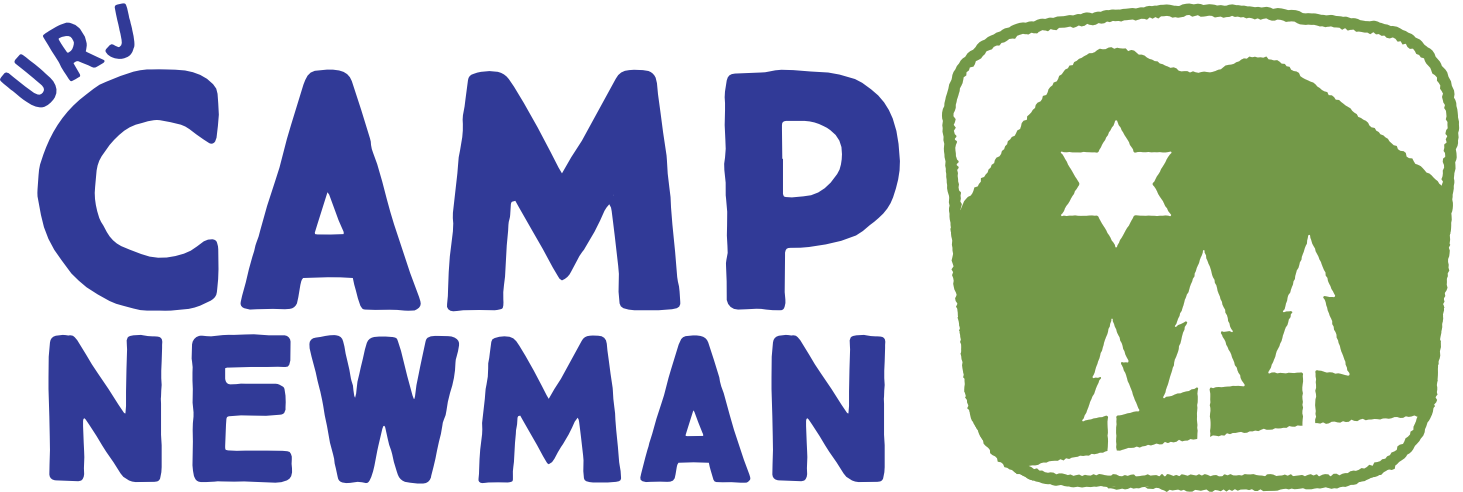By Rabbi Allie Fischman, Camp Director, URJ Camp Newman
On Monday morning, one year ago on October 9, 2017, I stopped at Starbucks on my way to work. I was so tired from being awake throughout the night, checking my phone for updates on the fires that had started raging in Northern California. Our full-time team that had been staying onsite at Camp Newman on Porter Creek Road had evacuated in the late evening. I sat awake multiple times, checking and rechecking, but there was no news.
I did mundane things that morning: spoke to a colleague about our education plan for the summer, sent some emails, sat nervously in our office, just waiting with our team. When we finally heard from a staff member back onsite early afternoon, I slid down the wall as Ruben spoke to her on the phone. “Everything? What’s left?” And he scribbled notes on a piece of paper, so few buildings left after the devastating Tubbs Fire ripped through camp. We cried together, we sat in stunned silence. We called our families and prepared to send our community this sad and tragic news.
That was one of the worst days I’ve ever had. But that evening when we had siyum, our closing ritual that we broadcast live on Facebook and Instagram from our office, we vowed one thing: to have camp in summer 2018. And we did, and it was awesome.
I have five takeaways from the past year and how we were able to have such a successful summer at Newman by the Bay.
First, as Ruben says, we had “the right people on the bus.”

On June 1, my colleagues and I moved into our beautiful dorm rooms, some of us not having lived on a college campus for decades. We needed flexibility and readiness to adapt. We passed one another while going to and from bathrooms for showers. We chatted in the hallways late at night. We left our baby monitors with one another. We created a neighborhood, a community, and our whole summer was successful only because everyone was prepared to be flexible and adapt to our environment.
Second, we brought as much Porter Creek to Vallejo as possible.

When campers and staff arrived, we sang them off the bus with rousing renditions of “Heiveinu shalom aleichem!” We named locations familiar names from Porter Creek, we served brownies on Friday night, It’s Its on Saturday, and closed each evening out with our siyum (closing circle).
Third, we brought Jewish spirituality and intention into all we did all summer.

We performed one of our most sacred rituals on Friday nights: counselors raised their hands over their campers and recited the priestly blessing before holding tallitot over their heads and singing hashkiveinu, asking God to spread a shelter of peace over us. We had tefilah (services) by the Bay. We sang Jewish songs, danced Israeli dances, and prayed before and after meals.
Fourth, we let our community mourn the loss of our physical space.

One day, early in the summer, our maintenance team brought the Little Ambassador ark from Porter Creek to Vallejo. As they set it in the middle of the Hagigah rotunda, our 10th and 11th grade campers started to gather around it. They began asking Rabbi Peretz Wolf-Prusan, a long-time faculty member and community rabbi, about the ark. You could hear a pin drop as he explained that Helen Burke, a non-Jewish woman who had lived through the Holocaust made this ark and other pieces of art with campers and staff for years at one of our previous home, Camp Swig. She created an entire Holocaust memorial and giant art installations that were at our Porter Creek home and had survived through the fire.
The campers, tears streaming down their faces, listened and asked more questions. Peretz patiently answered them and then, these campers had the opportunity to help repair the ark. These campers, and some other Avodah campers, scrubbed, brushed, and cleaned the exterior of the ark until it shone again. They decided to leave the inside as it was so that symbolically, it would represent how our community was: clean and in a fresh place on the outside, but still marked by the fire on the inside.
Lastly, through healing works like this mosaic (below), our campers were able to express themselves and their hope for our future.

In this mosaic, our campers featured the word “aish,” fire, at the bottom right of the mosaic. The phoenix, rising from the ashes, has its head turned away from the fire, lifted toward the Hebrew word for life, “chai.” These campers explained that though the fire is still on their minds, in their hearts, and sometimes consuming their thoughts, as a community, we were all lifting our heads toward life and our bright future. The fire is part of our story now, part of the fabric of our lives, but it doesn’t need to be the focus.
The last year has been so difficult for our community. We have also shown our great strength, resilience, and determination to hold one another up and rebuild together.
When you finish reading the Torah, or one of the books, you stand and say, “Chazak, chazak, v’nitchazek,” or “Strength, strength, may we be strengthened.” This one year anniversary marks a turning point, the end of this particular book in Camp Newman’s Torah. We will remember it and come back to it often, but it’s not our only book or story. And each year, let it be a reminder for each of us to hold one another up, lift each other’s spirits and hearts, and live in strength as one community.
Chazak, chazak, v’nitchazek. Strength, strength, may we continue to strengthen one another.
